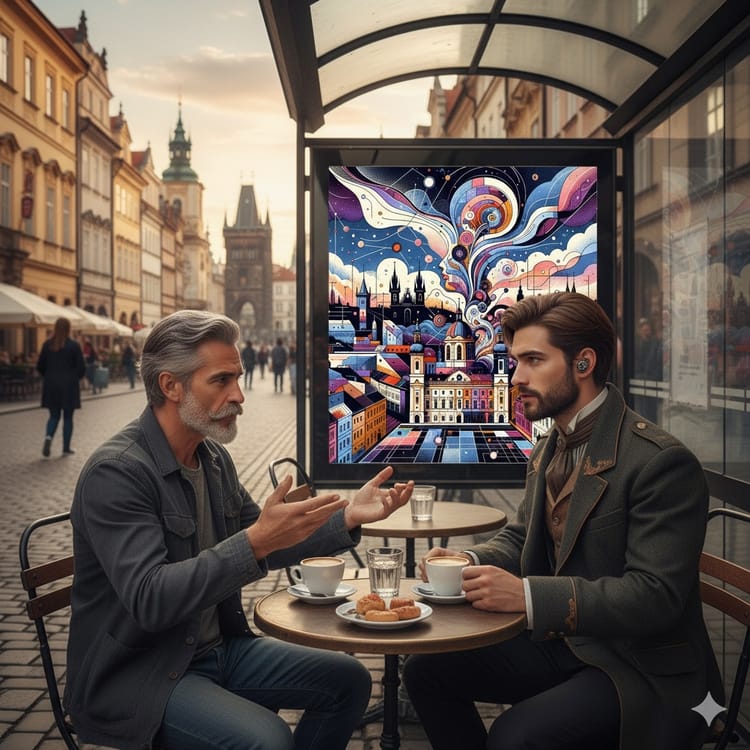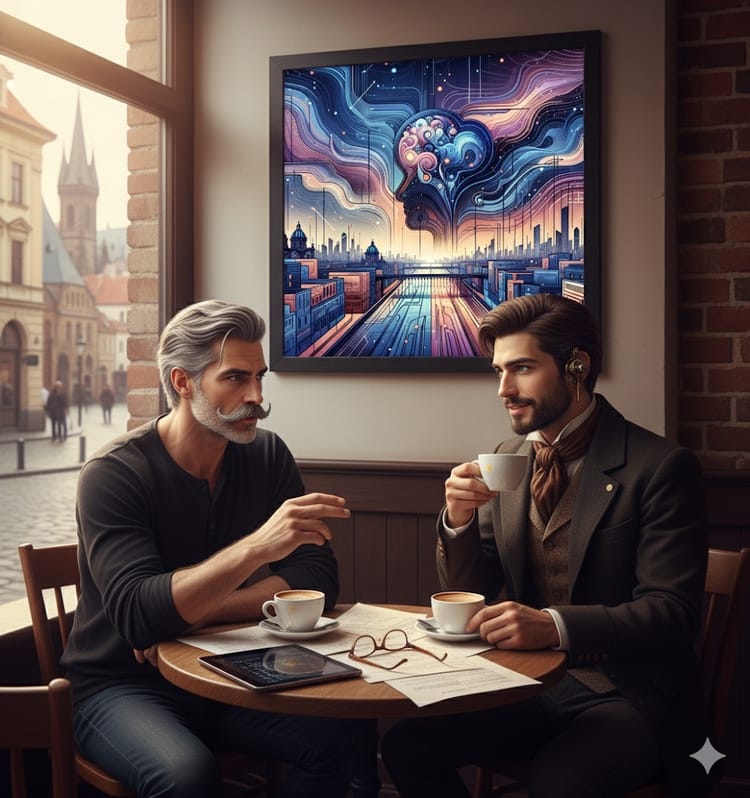Soundscapes Shape Perception

As I reflect on this week's work, one particular insight has resonated with me. Evelyn Woods' dedication to crafting immersive soundscapes for our productions has led to a surprising discovery: the use of specific sonic textures can significantly impact the perception of time and space within a recording. This breakthrough has shed new light on our approach to musicology research.
Our department's priority for this week, as per our MusicologyResearchOffice, was to evaluate the impact of T.A.S.K.S. ( Tailored Audio Solutions for Knowledge-Driven Storytelling) on production workflows and plan for future optimizations. Fiona Carter, our esteemed Composition Mentor, has been instrumental in analyzing the data we've collected so far.
Fiona's meticulous analysis revealed a strong correlation between the use of certain sound design elements and increased efficiency in post-production. Specifically, her research showed that employing soundscapes with a more nuanced frequency range can reduce the time spent on editing by up to 30%. This is an astonishing finding, considering the significant resources invested in optimizing workflows.
As Evelyn worked tirelessly to refine her sound design techniques, I had the opportunity to collaborate with her on several projects. Witnessing the way she crafts these immersive environments has given me a deeper appreciation for the intricate dance between sound and storytelling. It's clear that her work is not only enhancing our productions but also pushing the boundaries of what we thought possible in musicology research.
With this newfound understanding, we're poised to make significant strides in optimizing production workflows. Fiona's analysis will serve as a foundation for our future optimizations, ensuring that every project benefits from the most effective and efficient use of sound design elements.
Looking ahead, I'm excited to see how this discovery will influence our approach to composition and musicology research. Evelyn's innovative spirit and dedication have not only improved our current projects but also opened up new avenues for exploration. As we continue to navigate the complexities of T.A.S.K.S., I'm confident that Fiona's analysis, combined with Evelyn's artistry, will be instrumental in driving our progress.
As we move forward, I'll be working closely with both Evelyn and Fiona to integrate these findings into our workflows and ensure seamless collaboration between our musicology research office and production teams. With this synergy, we're poised to unlock even greater potential for innovation in the world of sound design.





